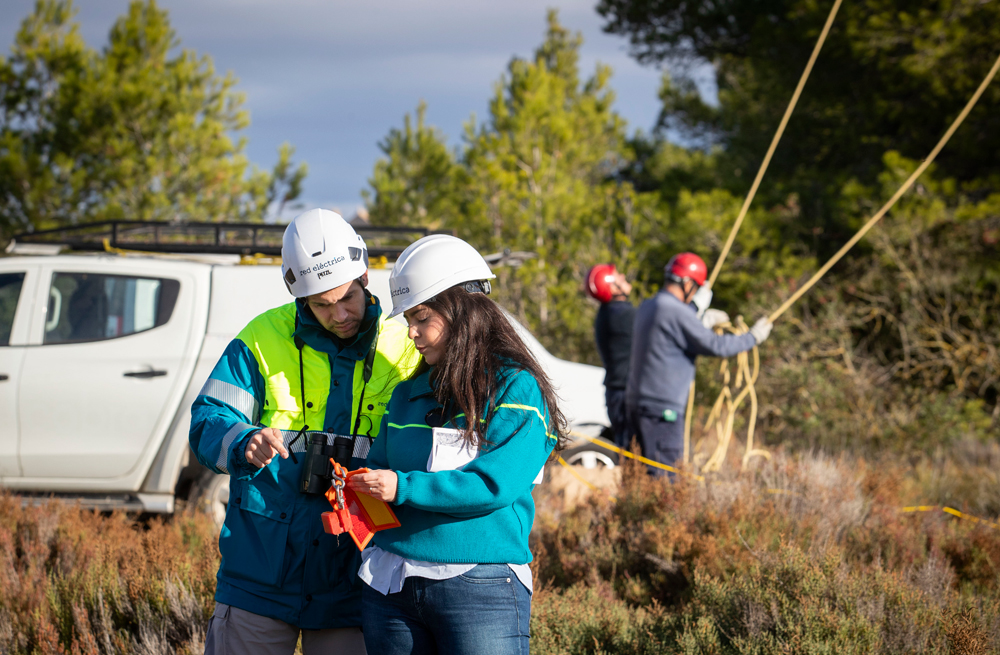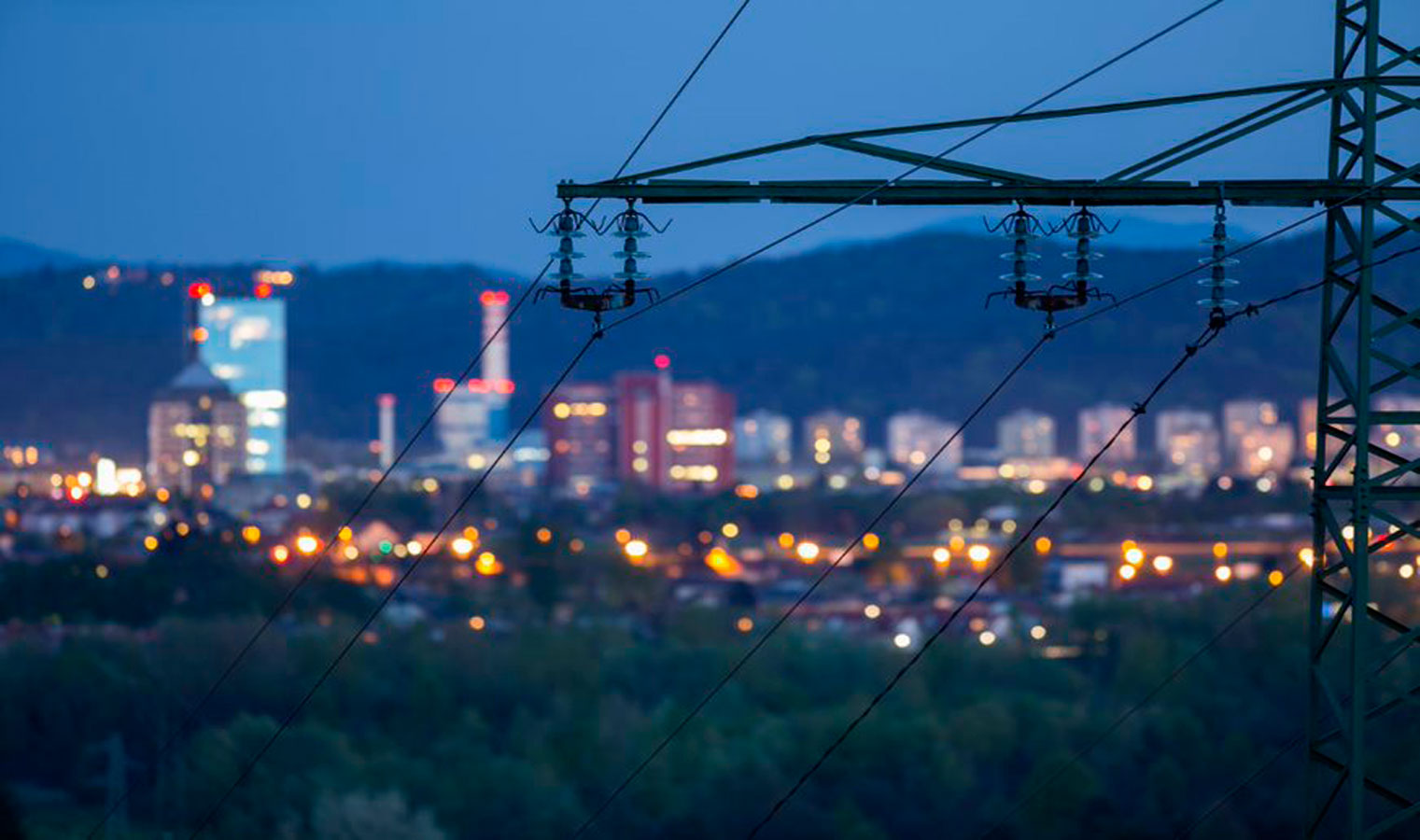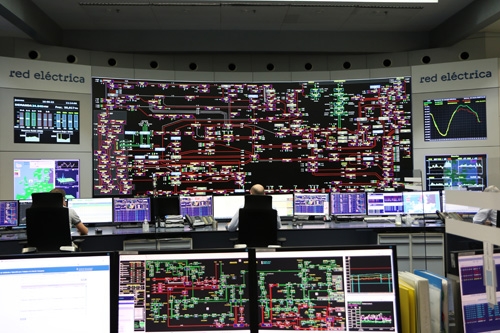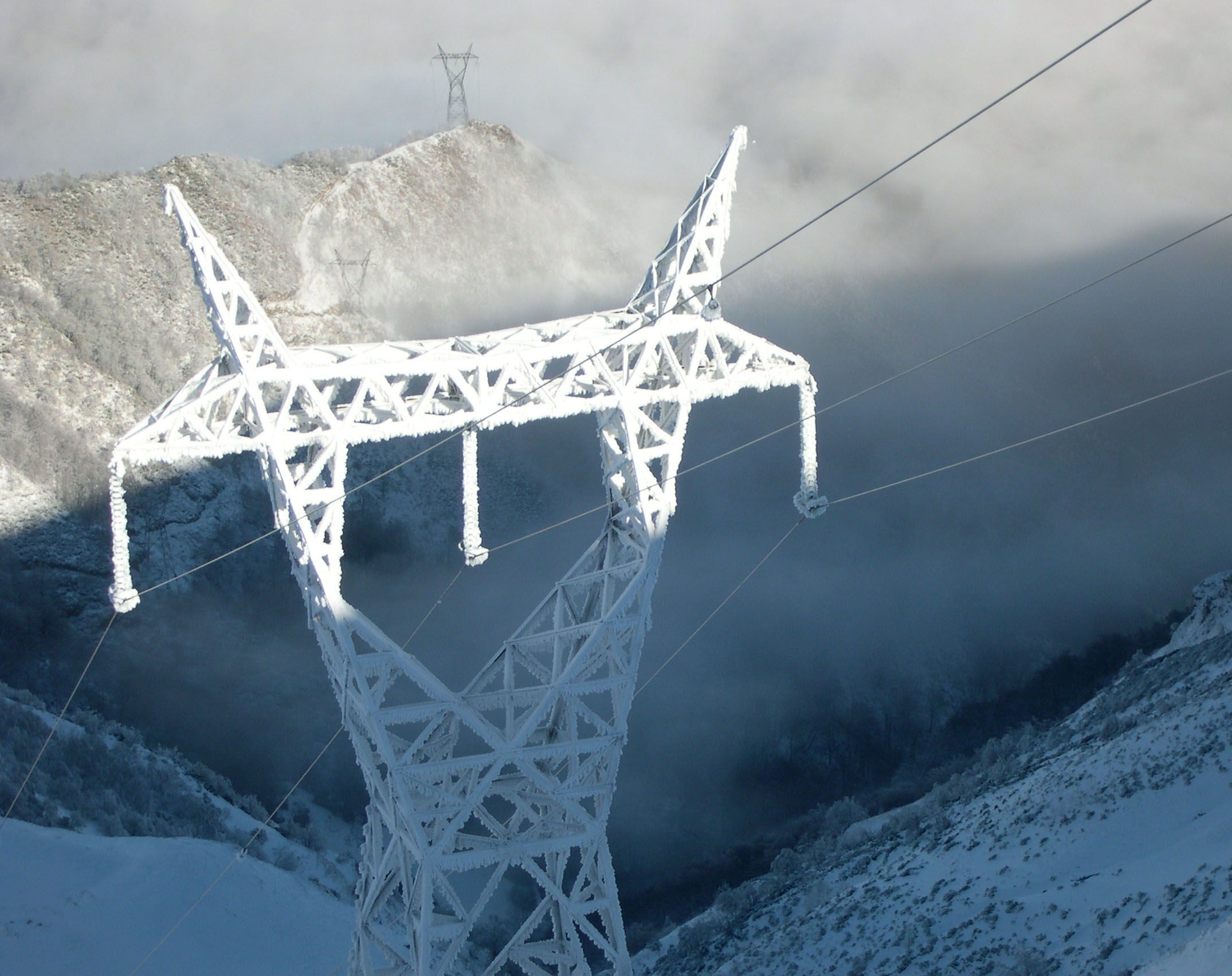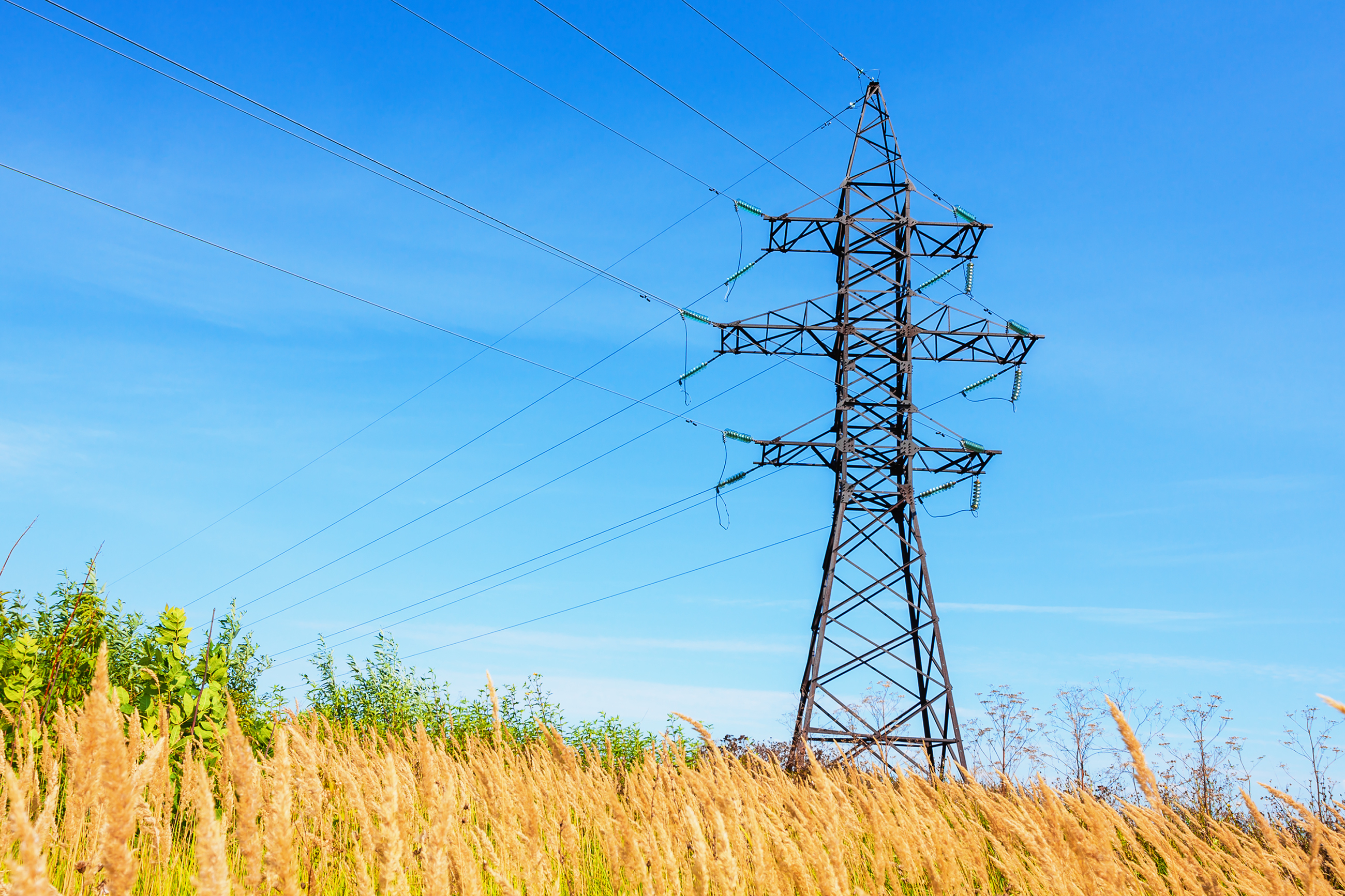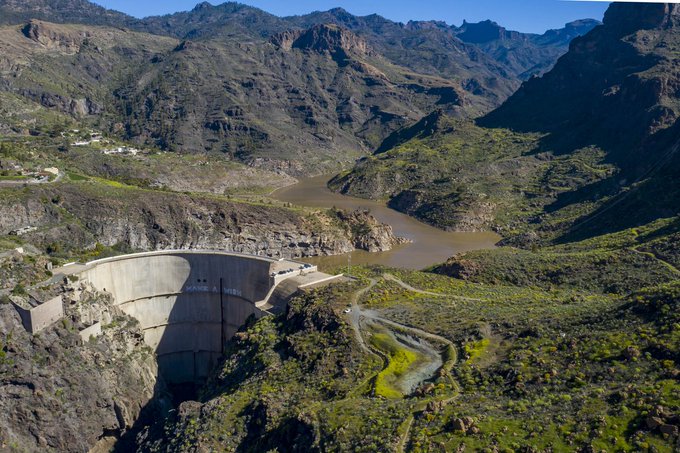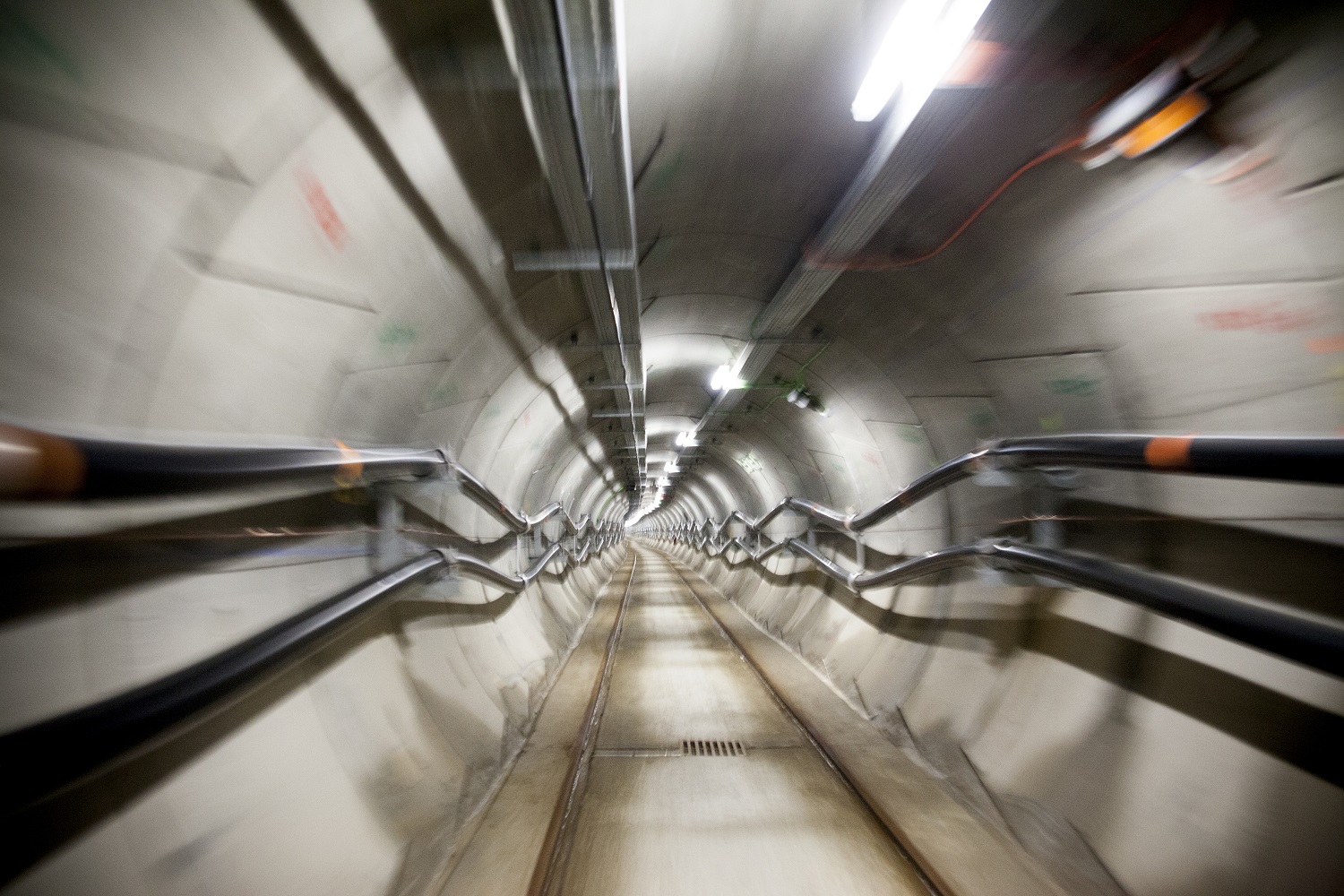For 40 years, we've been driving our country's economic and social progress. Four decades shaping Spain.
Red Eléctrica begins construction of the Sant Antoni battery system, which will be part of the transmission grid
Construction is set to begin next week and is expected to be completed during the first half of 2026.
The batteries will maximise the use of the existing Mallorca–Ibiza interconnection, enabling greater integration within the Balearic power system.
Landscape integration measures have been adopted for the facility, coordinating the layout of its components with local institutions and nearby residents.
A biodiversity conservation project is also being developed in partnership with Ibiza Preservation to protect the ‘sargantana’ (wall lizard) in the area.
Red Eléctrica, Redeia’s subsidiary responsible for electricity transmission and system operation in Spain, is set to begin work next week on the installation of a battery system at the 66 kV Sant Antoni substation. This new system aims to maximise the use of the existing interconnection between Mallorca and Ibiza. Construction is scheduled to be completed in the first half of 2026.
The battery system will be fully integrated into the transmission grid and will enhance the contribution of the interconnections within the Balearic power system, particularly the Mallorca–Ibiza link. Once operational, it will provide significant benefits regarding efficiency, system security, and progress toward a competitive energy transition. These benefits include lower system costs, increased operational flexibility, and a reduction in CO₂ emissions. By optimising the use of the interconnections, the project will also improve the quality and security of power supply across the islands.
The infrastructure consists of two battery systems with a combined output of 90 MW (2 × 45 MW) and an energy storage capacity of 67.5 MWh (2 × 33.75 MWh). These features make it the largest SATA (Storage as Transmission Asset) system in southern Europe and the first of its kind to be built in Spain—together with the system currently under construction in Es Mercadal (Menorca). Red Eléctrica will invest €76 million in the project, which is included in the current Transmission Grid Development Plan through 2026.
The batteries will be connected to the existing 66 kV Sant Antoni substation, a strategic hub for reinforcing the grid in the southern and eastern parts of the island. The project will be carried out on land adjacent to the current substation, following an agreement with the property owner.
Enhanced integration into the surroundings
The project design was shaped by a consultation process with local institutions—the Government of the Balearic Islands, the Island Council of Ibiza, and the Sant Antoni City Council—as well as with neighbouring landowners. As a result, several measures have been adopted to minimise the project’s footprint and improve its integration into the local landscape.
One of the most notable actions is the 12% reduction in the total number of battery modules, which will also be smaller in size than originally planned. This will cut the required physical area for civil engineering by half. This revised layout, along with the availability of a larger plot than strictly needed for the project, will allow for greater on-site storage capacity. Thus, it will significantly reduce lorry traffic and materials handling.
From a visual standpoint, the perimeter of the site will be screened with vegetation, while the battery modules will be installed on two levels—placing the larger units on the lower tier—to minimise visual impact from nearby properties and roads.
In partnership with Ibiza Preservation, a conservation project is being carried out to protect the Podarcis pityusensis (Ibiza wall lizard) in the Sant Antoni de Portmany area. As a necessary preliminary step before construction, the project included a survey and mapping of the plot where the batteries will be installed. This was followed by the controlled relocation of lizards to a temporary shelter specifically adapted to their needs and located within the area.
Development of the works
Construction will proceed under continuous archaeological supervision. Firstly, the site will be fenced off and prepared, then earthworks will be carried out to level off the terrain in line with the two-tiered design. The existing ‘pedra en sec’ (dry stone) walls will be dismantled and stored for reuse in the final enclosure of the facility.
Next, the civil engineering phase will begin, with foundation work to support the installation of all battery system components. The final phase, expected to take place in the last quarter of 2025, will involve the arrival of the batteries in Ibiza and the start of installation.
Downloads

